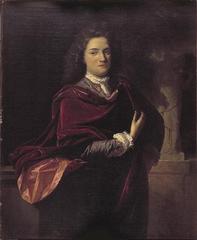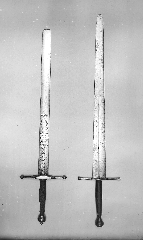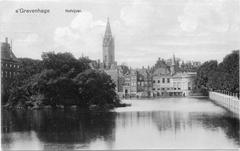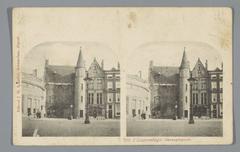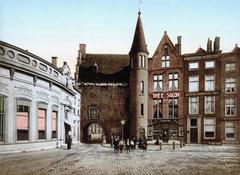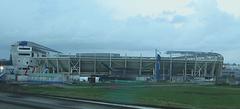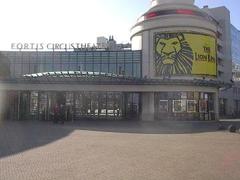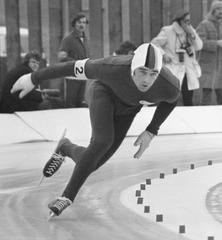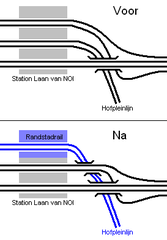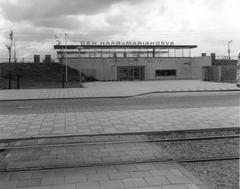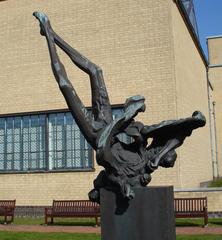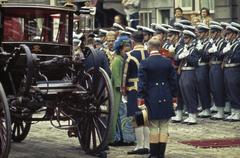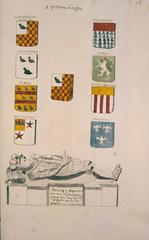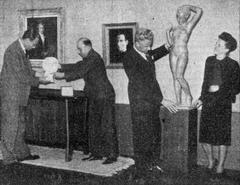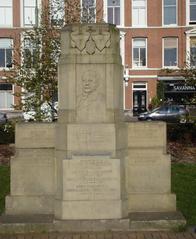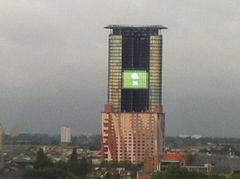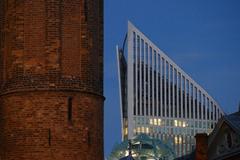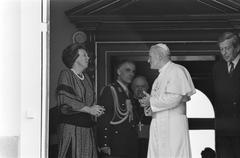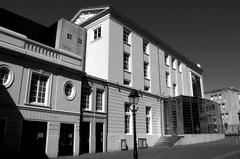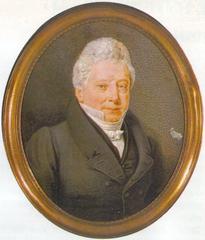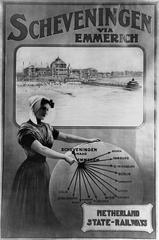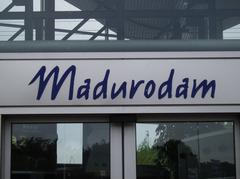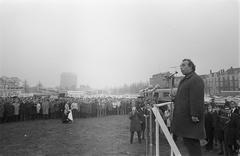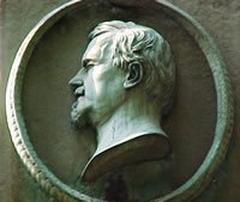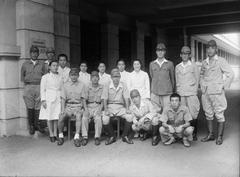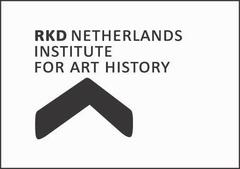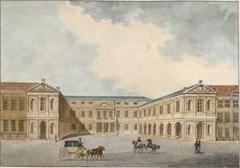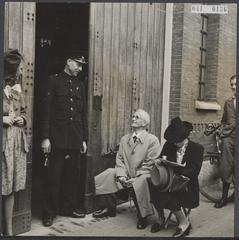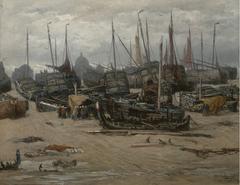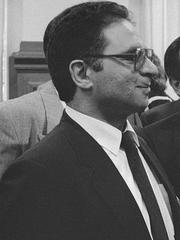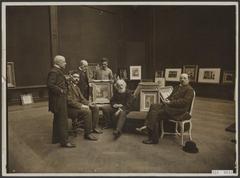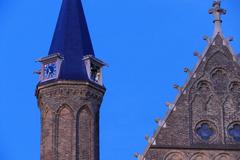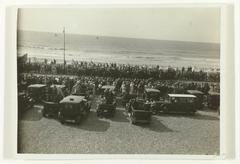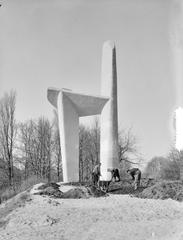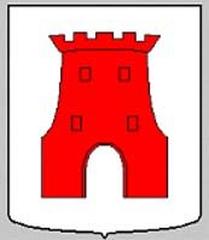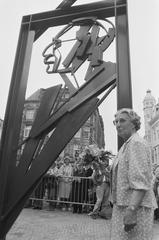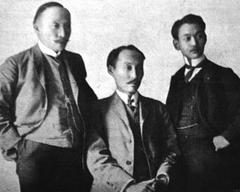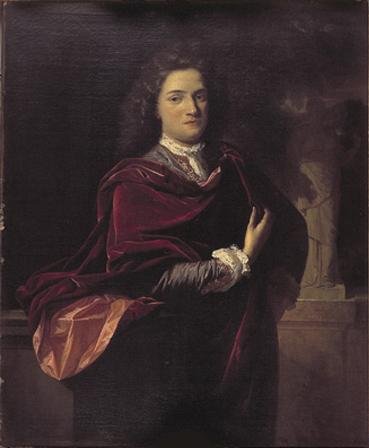
Visiting Gevangenpoort Museum, The Hague: Tickets, Hours, and Essential Tips
Date: 14/06/2025
Introduction
Standing at the threshold of The Hague’s historic center, the Gevangenpoort Museum (Prison Gate Museum) is a striking testament to the city’s medieval and legal heritage. Originally built in the late 13th century as a city gate to the Binnenhof—the seat of Dutch governance—the Gevangenpoort evolved into a notorious prison by the 15th century. Over the centuries, it has detained everyone from petty criminals to prominent political figures, including the ill-fated De Witt brothers. Today, the museum provides an immersive journey into four centuries of Dutch justice, law, and architecture, making it an essential stop for history enthusiasts, culture seekers, and curious travelers alike. (Gevangenpoort Museum Official Site, Wikipedia: Gevangenpoort, Nomadic Matt)
Table of Contents
- Historical Overview
- Architecture and Museum Transformation
- Museum Collections & Exhibits
- Visiting Information
- Accessibility
- Nearby Attractions
- Travel Tips
- Frequently Asked Questions (FAQ)
- Plan Your Visit
- References
Historical Overview
Origins and Function (13th–15th Centuries)
The Gevangenpoort began as a medieval city gate in the late 1200s, marking the main entrance to the Binnenhof. By 1428, it transitioned into a prison, initially holding suspects awaiting trial in often cramped, unsanitary cells. The building’s grim atmosphere and storied past are palpable to this day.
Political and Judicial Significance
Between the 15th and 18th centuries, the Gevangenpoort became central to Dutch justice, housing high-profile prisoners like political dissidents and spies. The most infamous incident remains the 1672 lynching of Cornelis and Johan de Witt, which underscored the building’s role in times of political crisis. (Wikipedia: Gevangenpoort)
Architecture and Museum Transformation
Medieval Structure and Features
The Gevangenpoort’s robust stonework, narrow arched windows, and heavy wooden doors exemplify late medieval Dutch civic architecture. Designed for security and surveillance, the building included a courthouse, jailer’s residence, and cell block. Many original features—arched passageways, iron fittings, and woodwork—remain intact. (WhichMuseum: Prison Gate Museum)
Adaptive Reuse as a Museum
In 1882, the Gevangenpoort was converted into a museum. This transformation preserved its historic character, opening its doors to the public for education and reflection. Restoration projects have prioritized authenticity, maintaining both the building’s medieval ambiance and its layered history. The museum is now connected to the Prince William V Gallery, adding a unique artistic dimension to the site. (Wikipedia: Gevangenpoort)
Museum Collections & Exhibits
Prison Cells and Conditions
Visitors can step inside preserved medieval cells to experience the stark contrast between the accommodations for wealthy and poor inmates. The “dark gaols” offer a sobering look at the harshness of historical incarceration. (Mike’s Travel Guide)
Instruments of Punishment
The museum houses a national collection of torture and punishment devices, including branding irons, the pillory, and execution swords. Exhibits explain their historical context, emphasizing the evolution of Dutch justice. (Culture Activities)
Notable Prisoners
Guided tours recount the stories of renowned prisoners, including diplomats and the De Witt brothers, whose 1672 lynching marked a turning point in Dutch politics.
Personal Artifacts and Legal Documents
Original artifacts and documents, from inmate belongings to trial records, humanize the site’s history and connect visitors to real people and events.
Visiting Information
Address & Location
- Address: Buitenhof 33, 2513 AH Den Haag, Netherlands
- Located next to the Binnenhof, Mauritshuis Museum, and Prince William V Gallery (denhaag.com)
Getting There
- Public Transport: Tram lines 1, 9, 17 and various buses stop at ‘Buitenhof/Hofweg’ or ‘Kneuterdijk’. The Hague Central Station is a 10–15 minute walk away. (explorial.com)
- Parking: Closest garages are Q-Park Buitenhof and Torengarage. Parking is limited and expensive; public transport or cycling is recommended.
Opening Hours
- Tuesday–Sunday: 10:00 AM – 5:00 PM
- Monday: Closed
- Last admission: typically 30 minutes before closing
- Confirm hours during holidays and special events on the official website.
Tickets and Admission
- Adults: €12–€14
- Youth (up to 18): €6–€8
- Children under 6: Free
- Museumkaart holders: Free
- Audio guides: Small rental fee
- Special passes: Check for DenHaagPas and Museum Night discounts (denhaag.com)
Book tickets online for best availability, especially during weekends and holidays. (sg.trip.com)
Guided Tours & Audio Guides
- Guided tours: Available in Dutch and English; must be booked in advance for groups.
- Audio guides: Available in multiple languages for individual visitors.
Facilities
- Restrooms and cloakroom/lockers available
- Museum shop: Books, souvenirs, and educational materials
- No on-site café; several options are nearby
Accessibility
- Partial wheelchair access: Due to steep stairs and narrow corridors, some areas may be inaccessible to those with mobility challenges (hollymelody.com).
- Service animals allowed
- Restrooms accessible on ground floor
Contact the museum ahead of your visit for detailed accessibility information or to arrange assistance.
Nearby Attractions
- Binnenhof: The Dutch parliamentary complex and political heart of The Hague.
- Mauritshuis Museum: Home to masterpieces like Vermeer’s “Girl with a Pearl Earring.”
- Prince William V Gallery: 18th-century art gallery, directly connected to the museum.
- Lange Voorhout: Picturesque avenue with historic buildings and seasonal events.
- Historical Museum of The Hague: Explores the broader history of the city.
Travel Tips
- Book in advance for weekends and holidays to avoid queues.
- Wear comfortable shoes due to uneven historic floors and stairs.
- Arrive early or visit midweek (Tuesday–Thursday after 3 PM) for a quieter experience.
- Combine your visit with other central attractions for a full day of history and culture.
- Photography: Non-flash photography is permitted except in restricted areas.
- Check for renovations or special events that might affect your visit.
Frequently Asked Questions (FAQ)
Q: What are the Gevangenpoort Museum’s opening hours?
A: Open Tuesday–Sunday, 10:00 AM to 5:00 PM; closed Mondays. Always check the official website for updates.
Q: How much do tickets cost?
A: Adults €12–€14, youth €6–€8, children under 6 free, Museumkaart holders free.
Q: Is the museum wheelchair accessible?
A: Partially. Some historic areas are inaccessible due to stairs and narrow corridors.
Q: Are guided tours available?
A: Yes, in Dutch and English. Book ahead for group tours.
Q: Can I buy tickets online?
A: Yes, and it is recommended, especially during busy periods.
Q: Can I take photos inside?
A: Non-flash photography is allowed; check for restrictions in certain rooms.
Plan Your Visit
The Gevangenpoort Museum offers a rich and sobering exploration of Dutch justice and medieval life. With its central location, well-preserved architecture, and compelling exhibits, it’s a highlight of any cultural itinerary in The Hague. Plan ahead for a smooth, insightful visit—book tickets online, explore guided tour options, and consider pairing your visit with nearby attractions.
For the latest information, downloadable audio guides, and event updates, visit the official museum website and download the Audiala app for enhanced experiences.
References
- Gevangenpoort Museum Official Site
- Wikipedia: Gevangenpoort
- Destination Abroad: The Hague
- Mike’s Travel Guide
- WhichMuseum: Prison Gate Museum
- Culture Activities
- Museum.nl
- sg.trip.com
- hollymelody.com
- explorial.com
